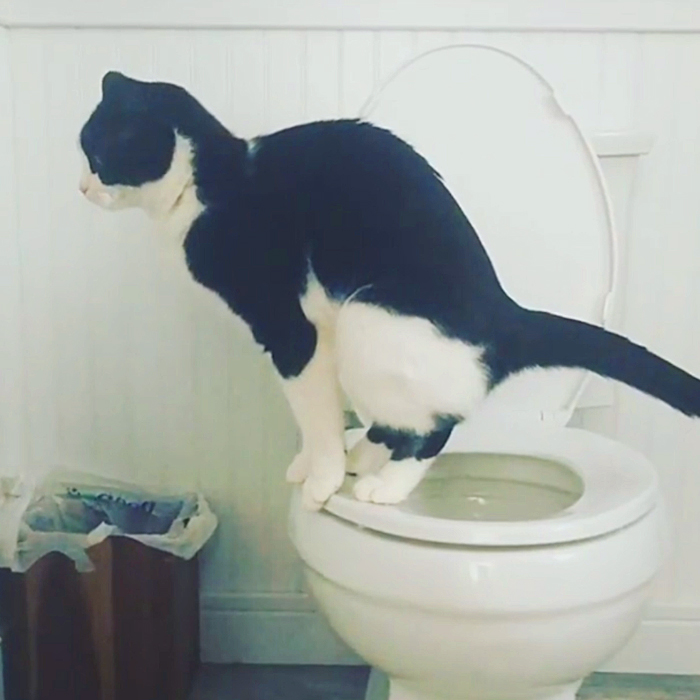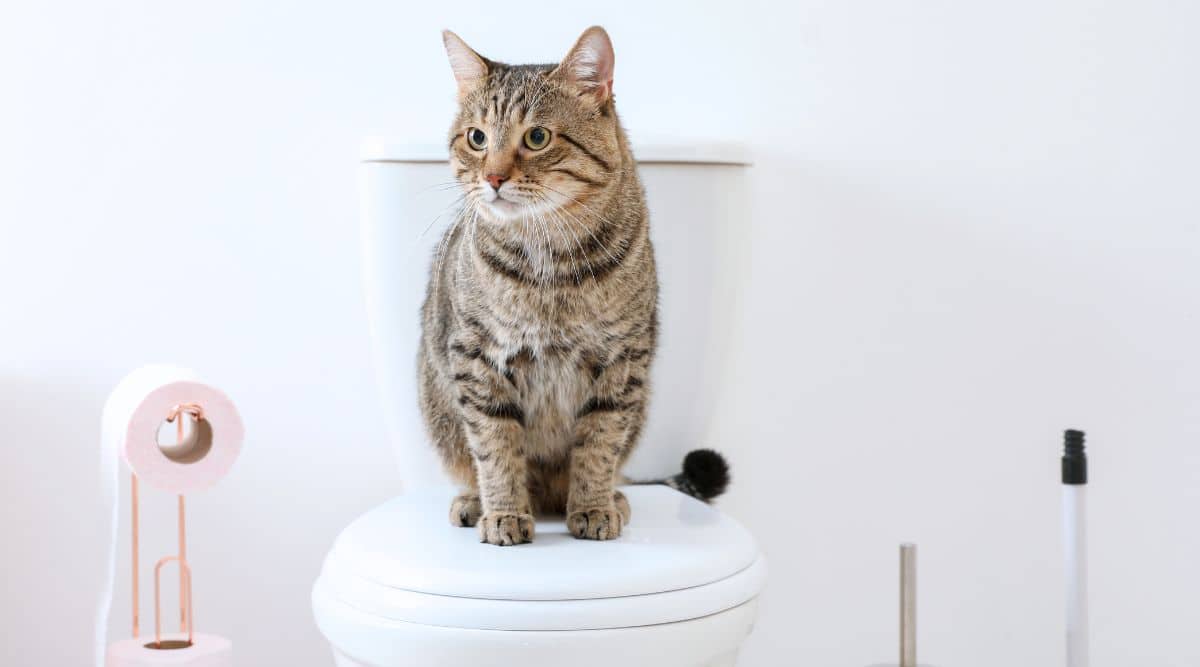Avoid Flush Cat Poop Down Your Toilet - Maintain Your Home's Plumbing Integrity
This ResourceEvery person will have their personal assumption in relation to How to Dispose of Cat Poop and Litter Without Plastic Bags.

Intro
As pet cat owners, it's important to bear in mind exactly how we get rid of our feline good friends' waste. While it might seem convenient to flush pet cat poop down the bathroom, this technique can have detrimental effects for both the environment and human health and wellness.
Alternatives to Flushing
Luckily, there are much safer and more accountable means to deal with cat poop. Think about the complying with choices:
1. Scoop and Dispose in Trash
The most typical method of throwing away feline poop is to scoop it right into a naturally degradable bag and toss it in the garbage. Make sure to make use of a specialized trash scoop and take care of the waste immediately.
2. Usage Biodegradable Litter
Choose eco-friendly cat trash made from products such as corn or wheat. These clutters are environmentally friendly and can be safely taken care of in the trash.
3. Bury in the Yard
If you have a lawn, take into consideration hiding cat waste in a designated location far from veggie yards and water resources. Be sure to dig deep enough to prevent contamination of groundwater.
4. Install a Pet Waste Disposal System
Invest in an animal waste disposal system particularly made for pet cat waste. These systems make use of enzymes to break down the waste, minimizing odor and environmental impact.
Health Risks
Along with ecological issues, flushing cat waste can also pose wellness dangers to humans. Pet cat feces may include Toxoplasma gondii, a bloodsucker that can trigger toxoplasmosis-- a potentially serious illness, especially for pregnant ladies and people with weakened body immune systems.
Environmental Impact
Flushing pet cat poop introduces dangerous pathogens and parasites right into the water system, posturing a considerable threat to aquatic ecological communities. These contaminants can adversely influence aquatic life and concession water quality.
Conclusion
Responsible animal possession expands beyond supplying food and sanctuary-- it additionally includes correct waste management. By avoiding purging feline poop down the bathroom and selecting different disposal techniques, we can reduce our environmental footprint and protect human wellness.
Why Can’t I Flush Cat Poop?
It Spreads a Parasite
Cats are frequently infected with a parasite called toxoplasma gondii. The parasite causes an infection called toxoplasmosis. It is usually harmless to cats. The parasite only uses cat poop as a host for its eggs. Otherwise, the cat’s immune system usually keeps the infection at low enough levels to maintain its own health. But it does not stop the develop of eggs. These eggs are tiny and surprisingly tough. They may survive for a year before they begin to grow. But that’s the problem.
Our wastewater system is not designed to deal with toxoplasmosis eggs. Instead, most eggs will flush from your toilet into sewers and wastewater management plants. After the sewage is treated for many other harmful things in it, it is typically released into local rivers, lakes, or oceans. Here, the toxoplasmosis eggs can find new hosts, including starfish, crabs, otters, and many other wildlife. For many, this is a significant risk to their health. Toxoplasmosis can also end up infecting water sources that are important for agriculture, which means our deer, pigs, and sheep can get infected too.
Is There Risk to Humans?
There can be a risk to human life from flushing cat poop down the toilet. If you do so, the parasites from your cat’s poop can end up in shellfish, game animals, or livestock. If this meat is then served raw or undercooked, the people who eat it can get sick.
In fact, according to the CDC, 40 million people in the United States are infected with toxoplasma gondii. They get it from exposure to infected seafood, or from some kind of cat poop contamination, like drinking from a stream that is contaminated or touching anything that has come into contact with cat poop. That includes just cleaning a cat litter box.
Most people who get infected with these parasites will not develop any symptoms. However, for pregnant women or for those with compromised immune systems, the parasite can cause severe health problems.
How to Handle Cat Poop
The best way to handle cat poop is actually to clean the box more often. The eggs that the parasite sheds will not become active until one to five days after the cat poops. That means that if you clean daily, you’re much less likely to come into direct contact with infectious eggs.
That said, always dispose of cat poop in the garbage and not down the toilet. Wash your hands before and after you clean the litter box, and bring the bag of poop right outside to your garbage bins.
https://trenchlesssolutionsusa.com/why-cant-i-flush-cat-poop/

Do you appreciate reading about Can You Flush Cat Poop Down The Toilet?? Post feedback further down. We will be glad to hear your thinking about this write up. Hoping to see you back again soon. Sharing is good. One never knows, you could be doing someone a favor. We thank you for reading our article about Don’t flush cat feces down the toilet.
Additional Information